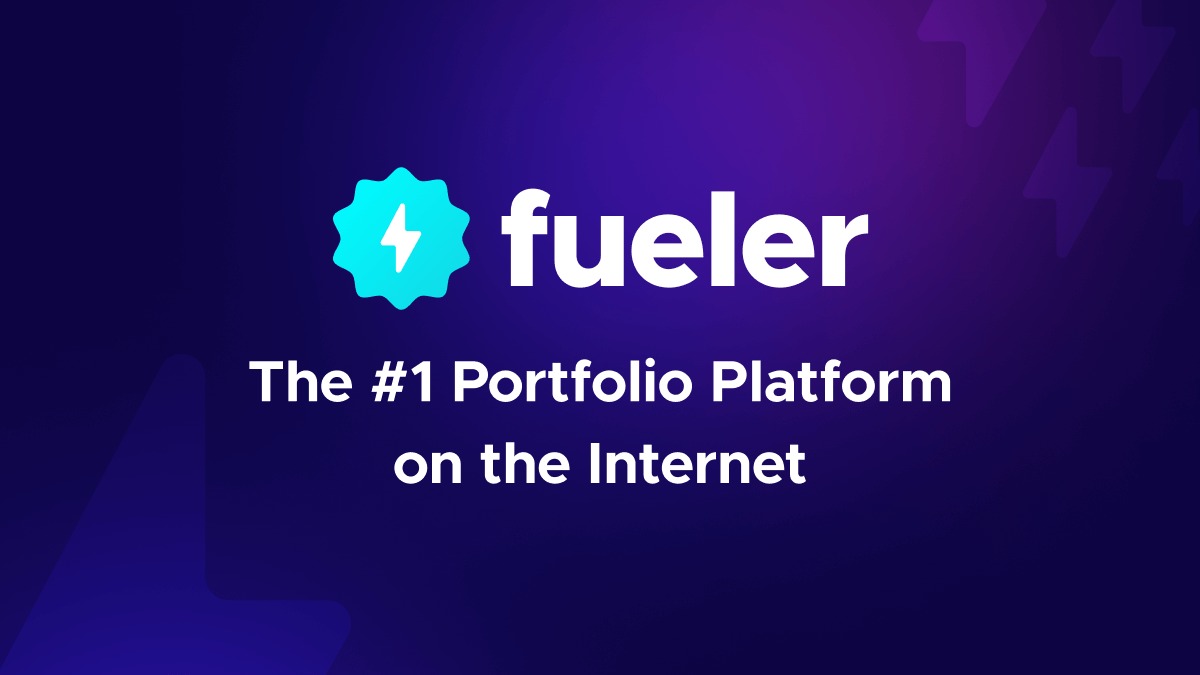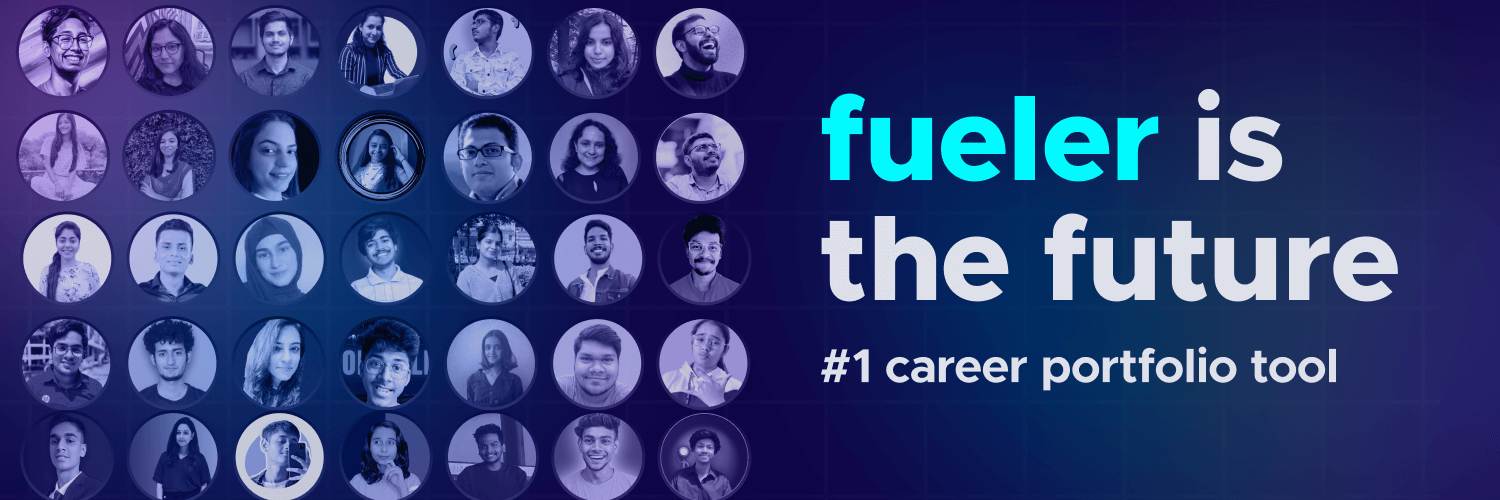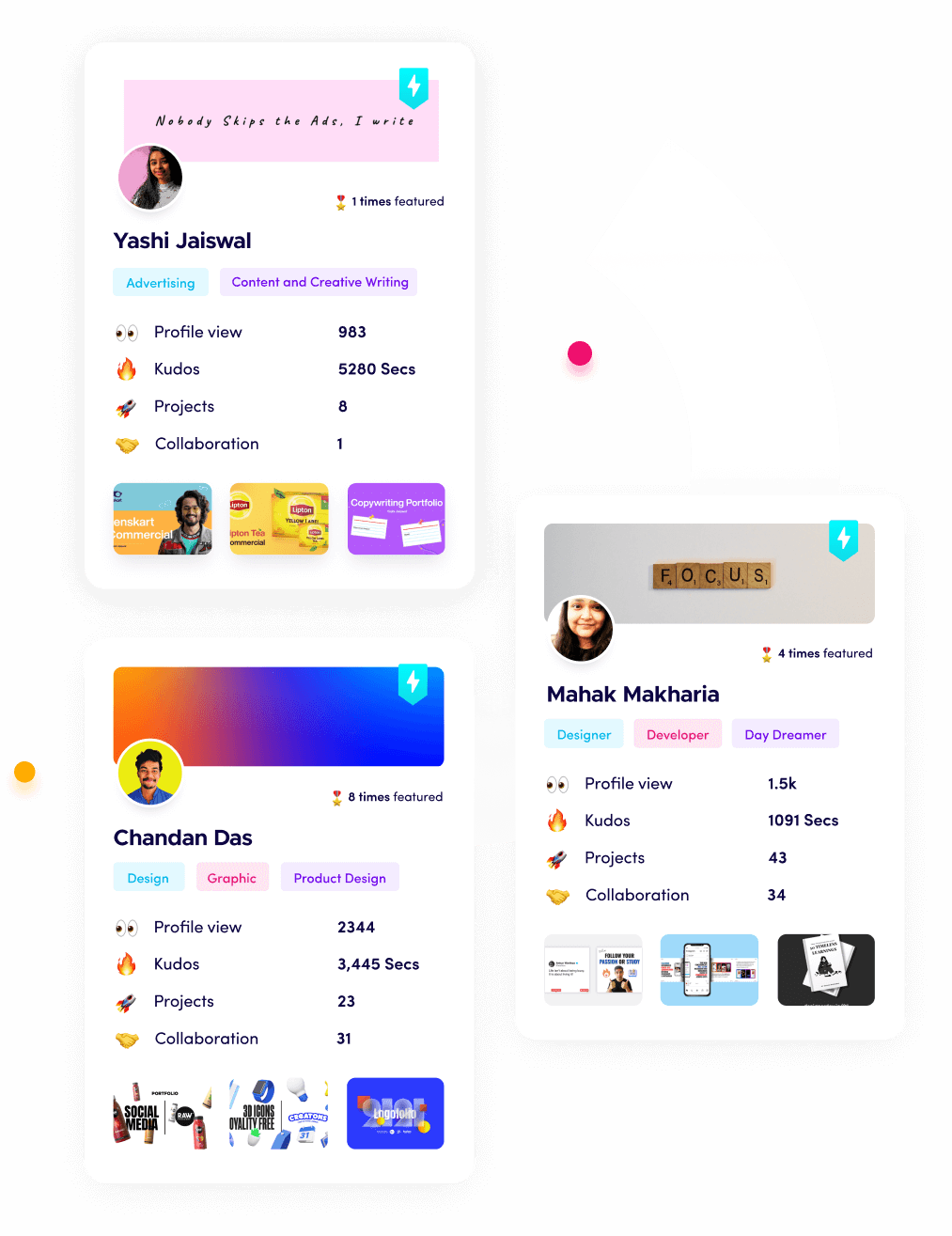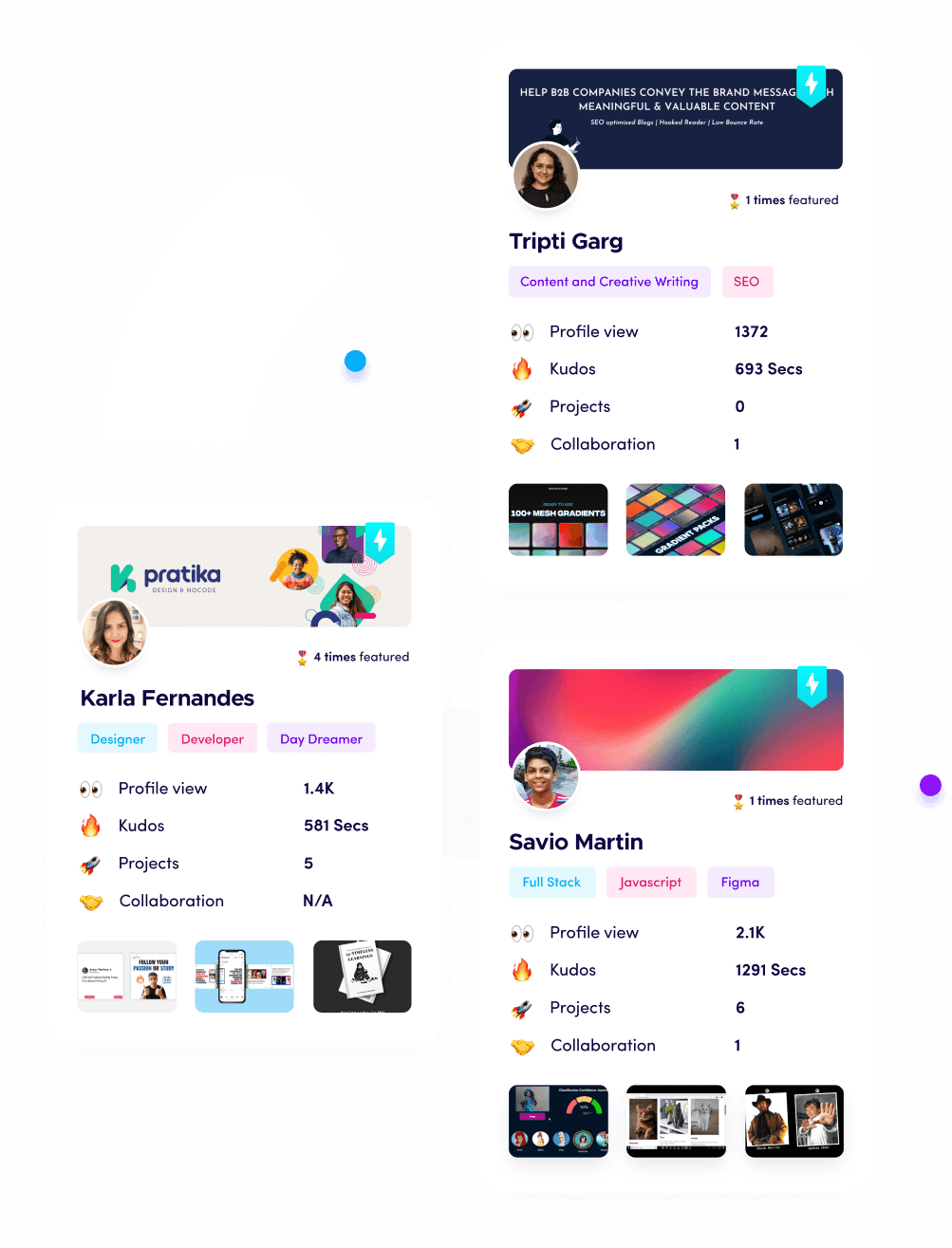10 Employee Wellness Programs from Winning Companies

Riten Debnath
12 Jun, 2025

Tired, burned out, and mentally checked out — that’s how most employees are feeling today. But some companies are rewriting the rules. They’re not just offering gym discounts or yoga once a week — they’re designing entire cultures where wellness comes first.
From flexible mental health days to no-meeting weeks, the smartest companies are showing us: When employees feel good, businesses perform better.
Let’s explore the 10 most impactful employee wellness programs that are setting the gold standard — and what your company can learn from them
I’m Riten, founder of Fueler — a portfolio platform that helps freelancers and professionals get hired through their work samples. In this article, I’ve walked you through the most impactful wellness initiatives successful companies are offering today. But here’s something most people miss: great talent doesn’t just want perks — they want to feel seen, trusted, and aligned with their work.
Your hiring process matters as much as your wellness benefits. And your team’s mental health starts with who you bring in and how. That’s where platforms like Fueler come in.
1. Salesforce: Mental Health Days + Wellbeing Reimbursements
Salesforce doesn’t treat employee mental health like a taboo or side note — it’s at the core of their people strategy. They offer dedicated mental health days every quarter, allowing employees to unplug and reset without needing to explain why. In a world where burnout creeps in silently, this kind of proactive care matters.
What makes Salesforce stand out even more is its monthly "Wellbeing Reimbursement" budget — a flexible allowance that can be used for therapy, fitness memberships, mindfulness apps, or even wellness retreats. Employees choose what helps them most.
Why it works:
- Promotes ownership of self-care
- Normalizes mental health breaks
- Encourages sustainable work habits
Key takeaway: Wellness is personal. Give people the power to choose what helps them feel their best.
2. Google: Mindfulness with gPause + Wellness Rooms
At Google, wellness is baked into the physical and digital culture. The company’s gPause mindfulness program offers free guided meditations, breathing exercises, stress-reduction workshops, and even mindfulness training for leadership teams.
Alongside this, Google has dedicated Wellness Rooms on campus — quiet, tech-free spaces designed for employees to stretch, relax, or just breathe. It’s not a “nice-to-have.” It’s expected that employees use it to recharge.
Why it works:
- Creates intentional breaks
- Trains focus and awareness
- Builds emotional resilience
Key takeaway: Productivity improves when people are clear-headed. Rest is a tool, not a weakness.
3. Microsoft: Mental Health Ally Program
Microsoft isn’t just offering help — they’re creating a culture of everyday support. Their Mental Health Ally Program trains everyday employees to recognize burnout, listen with empathy, and offer support to coworkers without judgment.
These allies aren’t therapists — they’re peers who are trained to listen and guide others toward help when needed. Having support come from someone at your level builds trust and openness.
Why it works:
- Fosters peer-to-peer empathy
- Reduces stigma
- Encourages early intervention
Key takeaway: Mental health support doesn’t have to start with HR. Sometimes, the best help is a colleague who listens.
4. LinkedIn: LiftUp Platform + No-Meeting Wednesdays
LinkedIn introduced LiftUp, their all-in-one wellness platform. It combines on-demand therapy access, personal coaching, wellness webinars, meditation, and courses on emotional intelligence. It’s a full-stack approach to feeling good — mentally, physically, emotionally.
They’ve also made “No-Meeting Wednesdays” a company-wide standard. This ensures everyone gets at least one day to do deep work, plan, think, or just catch their breath.
Why it works:
- Combines flexibility with structure
- Makes wellness tools accessible
- Prioritizes focus and autonomy
Key takeaway: Respecting people’s time and headspace builds real loyalty and reduces quiet quitting.
5. Spotify: Flexible Public Holidays + Focus Weeks
Spotify’s approach to diversity and inclusion shines through in their “Flexible Public Holidays” policy. Employees can swap standard holidays for the ones they personally celebrate, honoring cultural, religious, or personal values.
They also organize regular Focus Weeks, where internal meetings are paused so employees can work on what truly matters — uninterrupted. These weeks are sacred — no standups, no pings, no noise.
Why it works:
- Recognizes individual identities
- Reduces collaboration fatigue
- Builds autonomy and trust
Key takeaway: Empower people to choose their own rhythm. That’s how real creativity flows.
6. Asana: Energy Management Coaching + “Time to Thrive” Allowance
Asana goes beyond wellness by helping employees master energy management. They offer coaching that helps employees map their high and low energy times, plan better, and avoid burnout traps.
They also provide a “Time to Thrive” annual budget that employees can use on anything that enhances personal growth — fitness programs, language learning, personal travel, or digital detox retreats.
Why it works:
- Encourages smart time planning
- Helps people align work with energy levels
- Rewards personal development
Key takeaway: Don’t just manage tasks — manage energy. That’s how people stay motivated long term.
7. GitLab: Async Work + Mental Health Benefits
GitLab, a fully remote company, is a master of asynchronous work culture. Employees can work when they’re most productive — no fixed hours, no constant Zooms. This prevents digital exhaustion, especially across time zones.
They also offer mental health care coverage globally, not just in headquarters regions. That means therapy, stress counseling, and crisis support is available to everyone, regardless of country.
Why it works:
- Reduces meeting fatigue
- Gives global teams equal access
- Supports deep work and life balance
Key takeaway: Wellness must scale across borders. Inclusion starts with equal access to care.
8. Buffer: Transparent Salaries + Four-Day Workweeks
Buffer introduced a four-day workweek, giving every employee Fridays off without reducing pay. They found productivity didn’t dip — in fact, people were happier and more focused.
Buffer also shares transparent salary tables with everyone, reducing stress, anxiety, and competitiveness. Employees don’t waste mental energy on politics — they focus on what matters.
Why it works:
- Boosts morale and trust
- Supports work-life alignment
- Encourages intentional productivity
Key takeaway: Trust people with their time. You’ll be shocked at how responsible they become.
9. Zappos: Culture Camp + Life Coaching
Zappos offers all employees access to life coaching, not just for work goals, but for personal dreams too. Whether it's learning guitar or becoming a better parent, the company supports the whole person. Whether it's learning guitar, training for a marathon, or adding a trampoline workout to your daily routine, the company supports the whole person.
They also have an internal Culture Camp, a program that trains employees on happiness, community, and personal values — building a tight-knit and mentally strong workforce.
Why it works:
- Supports emotional wellbeing
- Builds team culture through personal growth
- Makes work feel human
Key takeaway: The best workplaces grow people, not just profits.
10. Fueler (Yes, us!): Wellness through Purpose + Autonomy
At Fueler, we’ve built wellness around meaningful work and freedom. Every team member gets full flexibility to work from wherever they feel best — whether it’s a desk, a beach, or a mountain café. We believe wellness starts with autonomy.
We also create purpose-first roles — our people don’t just clock in. They own missions, build real things, and get recognized through their work. That sense of creative fulfillment keeps energy and motivation high.
Why it works:
- Eliminates micro-management
- Boosts internal motivation
- Helps everyone work with purpose
Key takeaway: Let people do work they’re proud of, and you won’t need to worry about burnout.
How Fueler Helps Companies Build Healthy Teams
Whether you're building a freelance team or hiring full-time, the way someone works tells you more than any resume. Fueler is a portfolio platform that helps companies hire through assignments so you can see real talent in action. Hiring someone who takes ownership of their work naturally improves team wellness because alignment starts from day one.
Final Thought: The Future of Work is Human-Centered
Employee wellness is not a checkbox — it’s a culture. It’s how companies say, “We see you, and we care.” The best companies are going all in on wellness because they’ve realized something powerful: happy employees don’t just stay longer — they help you win faster.
If you're building a team, start by asking: What does wellness mean for the people I want to keep?
FAQs
1. What is the best employee wellness program?
The best programs combine mental health support, flexible schedules, personal development, and physical wellness. Salesforce, LinkedIn, and Google are leading examples.
2. How do wellness programs improve employee retention?
Wellness programs reduce burnout, improve job satisfaction, and increase emotional loyalty — leading to longer tenure and better performance.
3. What should be included in a wellness plan for employees?
A good plan includes mental health access, fitness support, flexibility, autonomy, personal growth budgets, and peer support systems.
4. Are wellness programs expensive to implement?
Not necessarily. Even simple changes like no-meeting days, remote work flexibility, or mental health days can have massive impact with minimal cost.
5. How can small companies offer wellness benefits?
Start with flexibility, build a culture of empathy, and use tools like Fueler to hire people aligned with your mission. Small changes create big trust.
What is Fueler Portfolio?
Fueler is a career portfolio platform that helps companies find the best talents for their organization based on their proof of work.
You can create your portfolio on Fueler, thousands of freelancers around the world use Fueler to create their professional-looking portfolios and become financially independent. Discover inspiration for your portfolio
Sign up for free on Fueler or get in touch to learn more.


